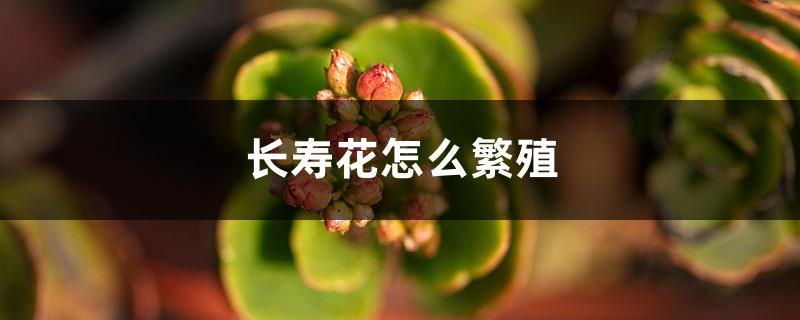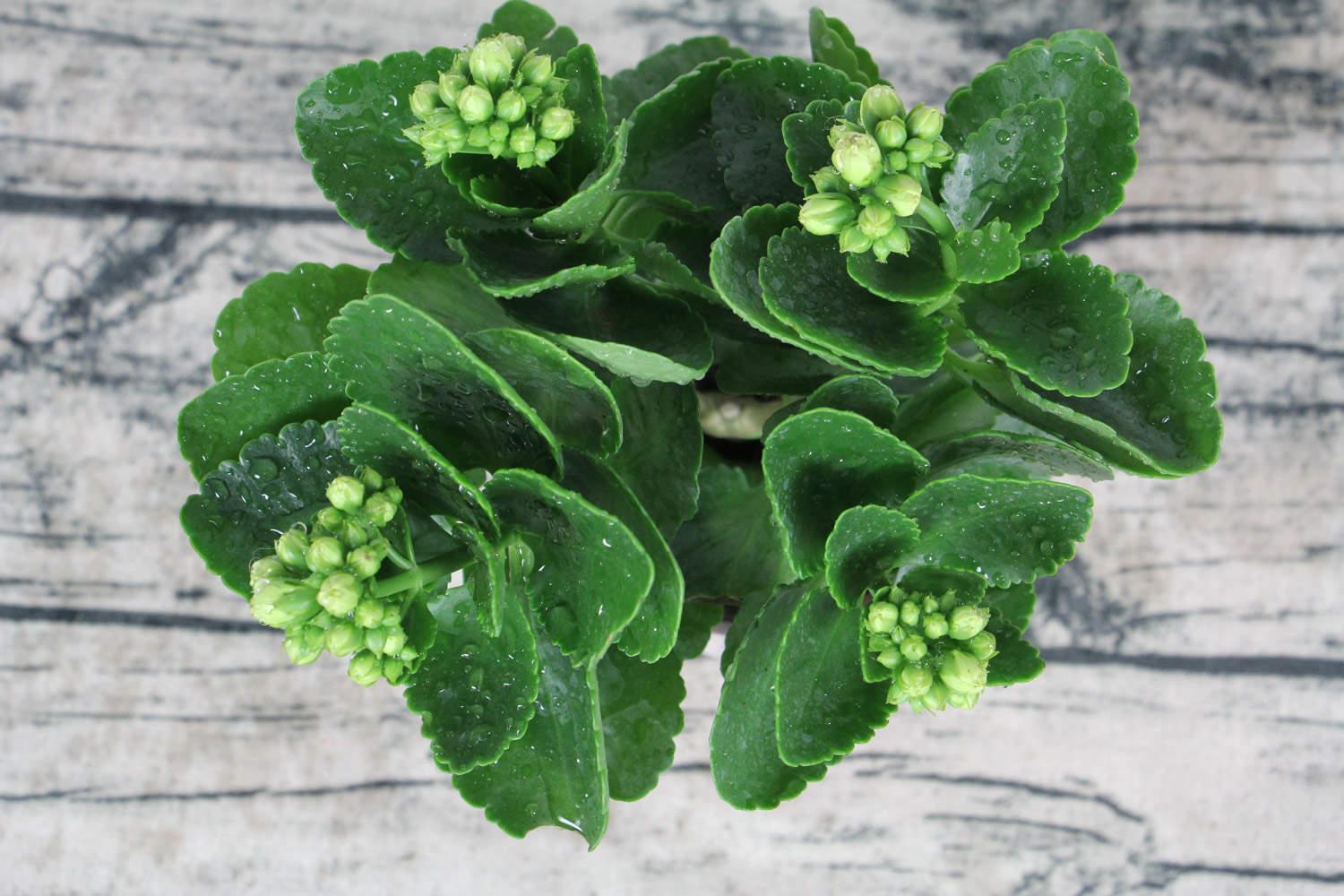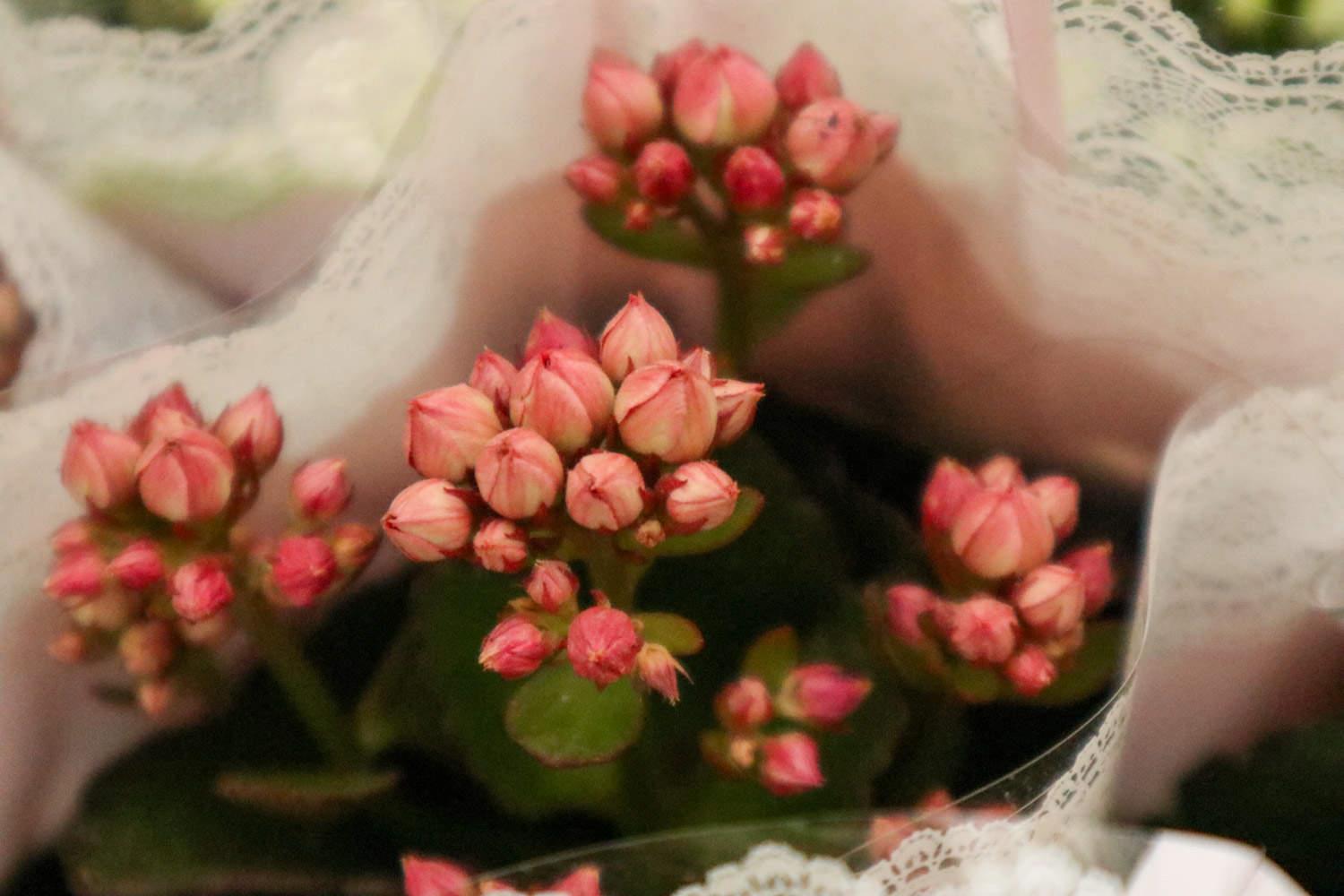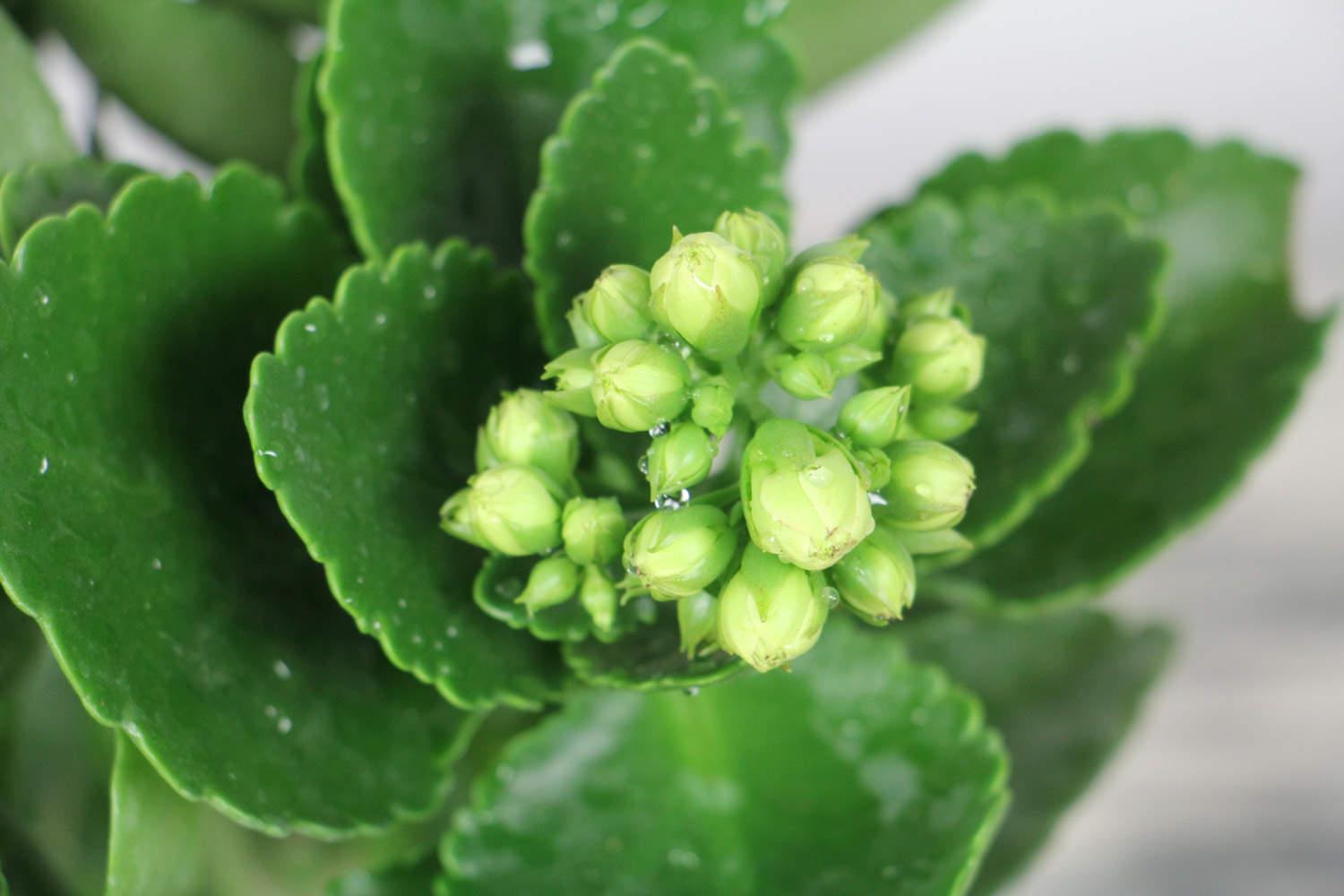How to propagate longevity flowers
Last Update :2024.12.28
Article Catalog
There are two main ways of propagating longevity flowers, namely cutting and sowing. Cuttings are mostly carried out in spring and autumn. Select a stem of about 5 cm, cut it into soil with good drainage and air permeability, and use plastic film to keep it warm. Roots will take place in two weeks and transplanted after one month. Sowing is usually carried out in early spring. Mix leaf mold soil, garden soil, humus, etc. as the substrate, and sprinkle the seeds evenly on the surface. Then carry out heat preservation treatment, sprouts will appear in two weeks, and transplant in summer.

1. Propagation by cuttings
1. Propagation by cuttings
1. Time: Cutting is the main propagation method of longevity flowers. It is usually carried out from March to May in spring, or from August to September when summer and autumn intersect. At other times, due to plant changes, Dormancy affects survival, but it is not a big problem in a greenhouse.
2. Seedling selection: Select a healthy and vigorous plant, and cut a 5 cm long mature fleshy stem from the top without removing the leaves.

3. Soil selection: The choice of substrate is also particularly important. Importantly, perlite, vermiculite and peat are generally used together to provide good drainage and air permeability.
4. Planting: Plant the cuttings on the substrate and cover them with plastic film after watering. This can have a good heat preservation effect.
5. Transplanting: Roots can take place two to three weeks after planting. The substrate should be kept moist. At the same time, it can be placed in a semi-shady place to receive sunlight scattering. It can be transplanted into a pot after one month.

2. Sowing and Propagation
1. Time: The sowing method is generally carried out in spring or autumn. The suitable time is March. As the temperature gradually rises, it is good for the development of seeds.
2. Seed selection: Only single-petal flowers of longevity flowers have seeds, and there are many seeds. Generally, multiple seeds can be sown at the same time, which can improve the survival rate.
3. Soil selection: Sowing has higher requirements for the substrate. Mix leaf humus soil, garden soil and humus soil, and disinfect them after decomposition as the substrate.

4. Sowing: Sprinkle the seeds evenly on On the substrate, cover the surface with fine soil. It should not be covered with too thick soil.
5. Maintenance: Cover the surface with film and store it in a warm and ventilated place. The pot soil needs to be kept moist and controlled at around 20°C.
6. Transplanting: Buds will sprout in about two weeks. At this time, they can receive astigmatism. At the same time, after the leaves appear, add a little fertilizer to water them, and wait until summer to transplant.
2. Sowing and propagation
- END -
How to grow woody begonia flowers

Lighting: Woody crabapple is a masculine flower, so it is best to cultivate it in ...
Methods and precautions for cultivating arrowroot

To raise arrowroot well, you need bright scattered light, shade in summer, and ful...